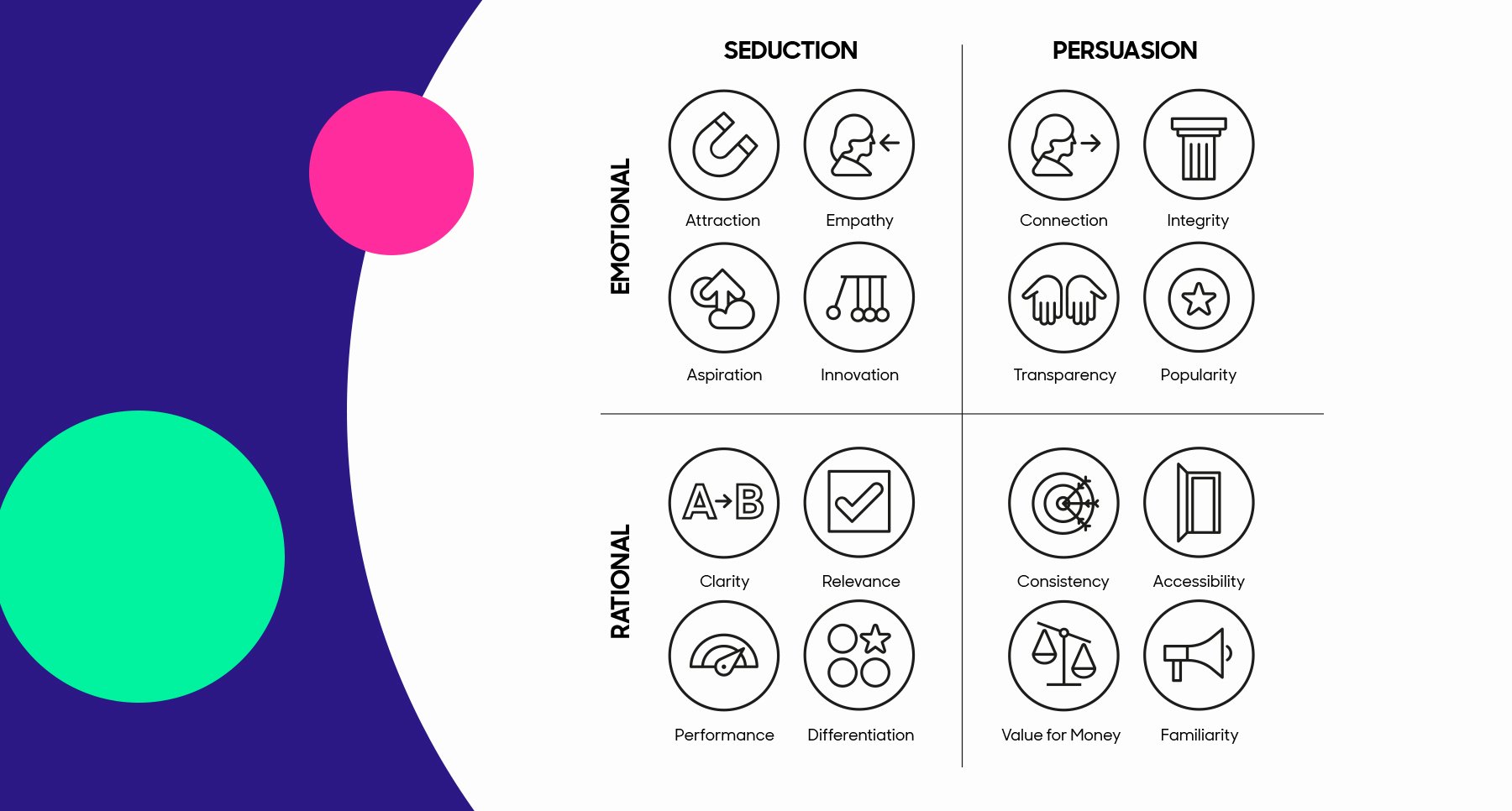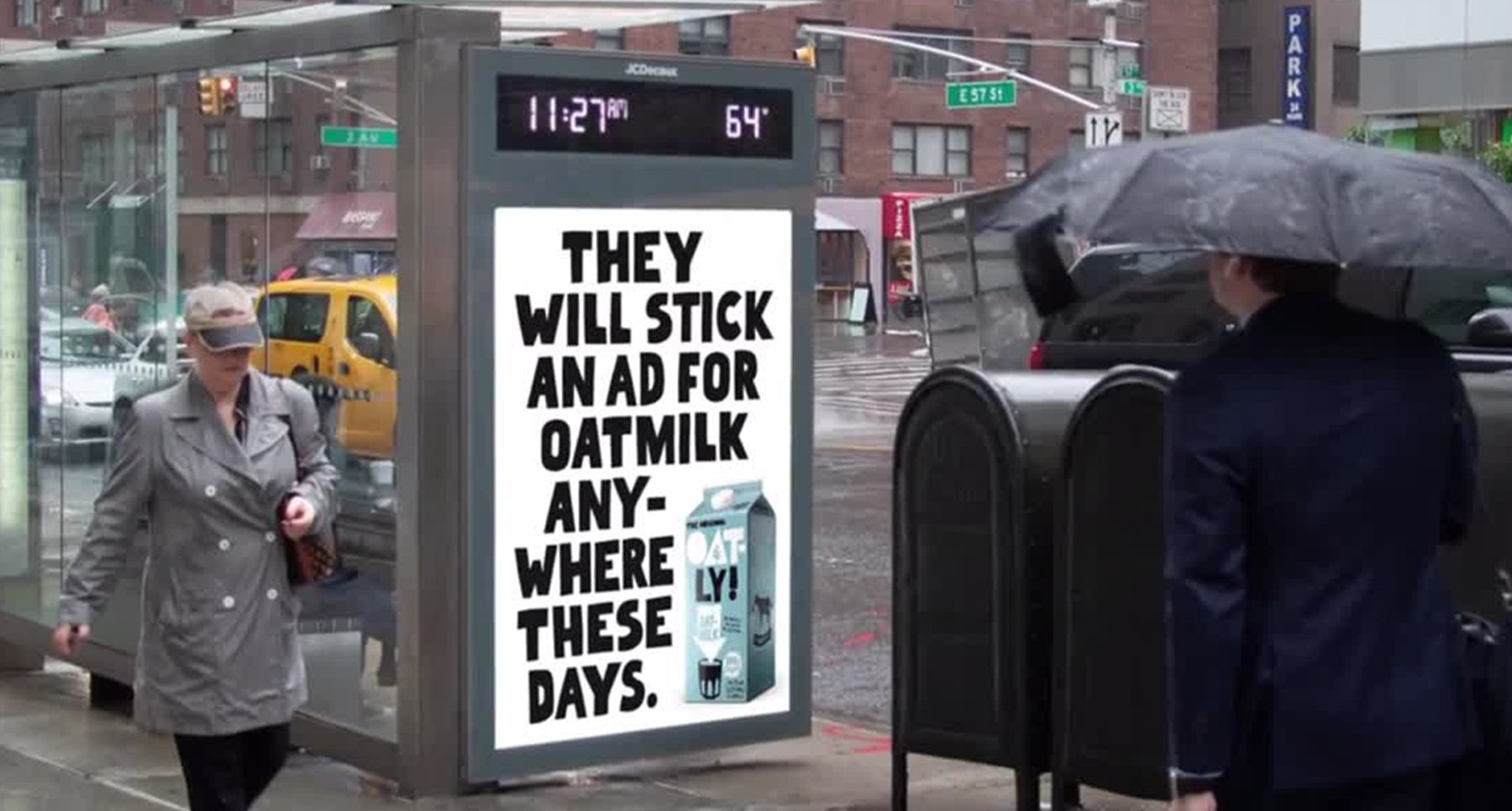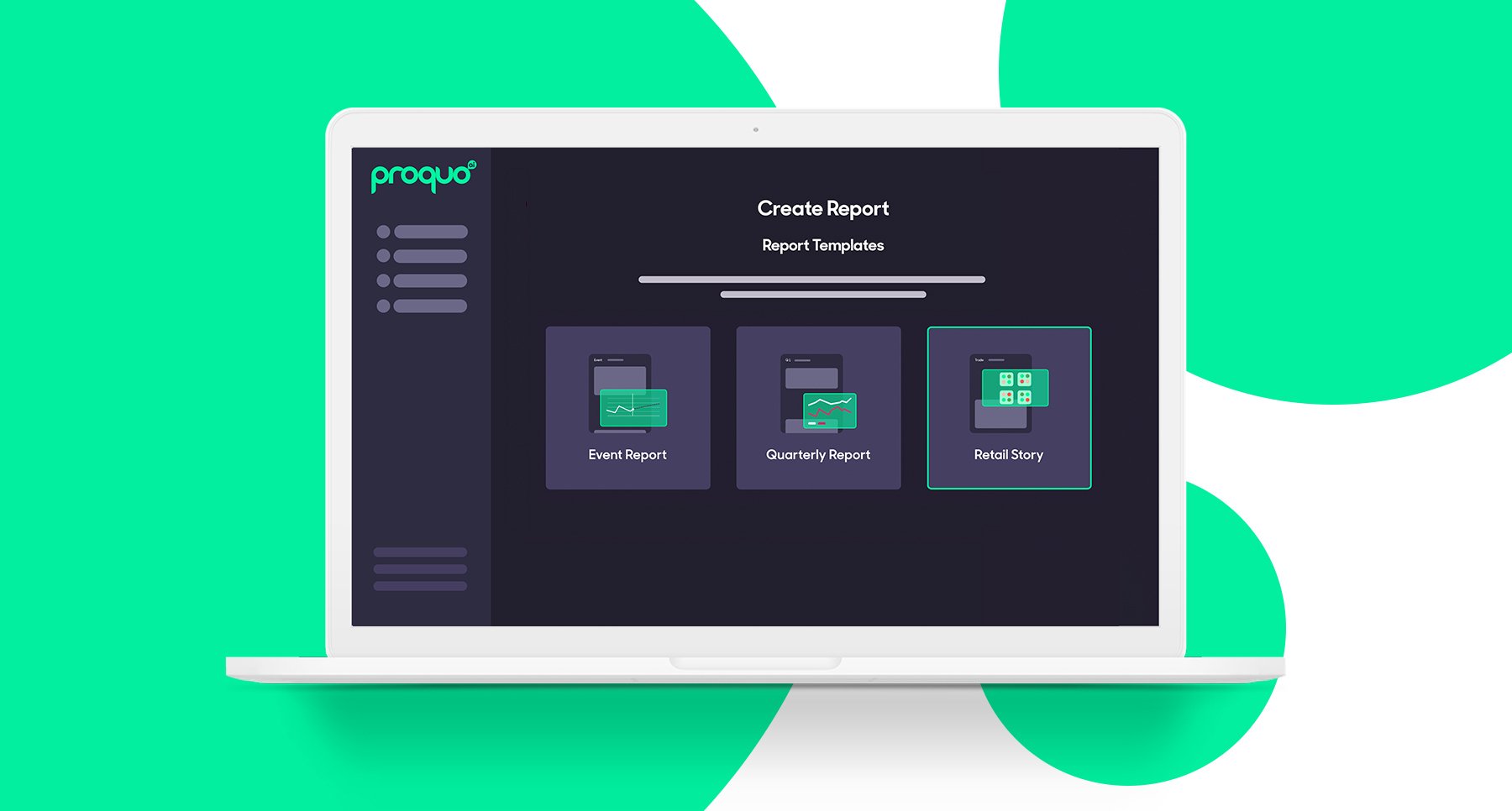Posted on July 6, 2021
Updated on March 9, 2023
4 min read time

So, you’ve launched a new product into market – you’ve done the hard work, coached your team from ideation to execution, and you’ve even managed to win over retailers in the process through a compelling trade story.
But brands can lose the shelf status they fought so hard to obtain, in an instant. And with buyers increasingly cutting down on low-performing SKUs, it’s important to think ahead to make sure your product is always providing maximum category value.
We’ll show you how to perfect your conversations with retailers. Whether you’re undergoing a difficult category review, or tackling a challenging buyer pitch, we’ve got you covered.
Buyers only have room for a finite number of SKUs on their shelves. Because of this, it’s crucial they focus on maximizing the value of their existing product ranges. Think of your shelf as an investment portfolio, where the aim is to create products that generate the highest incremental value, compared to your competition.
SKU rationalization, also known as range rationalization, is a common practice in retail, where less productive products are discarded, in favor of more profitable items.
Rationalization might occur if the category contains too many similar brands as there isn’t enough differentiation on offer to entice a wide range of consumers. Or it could happen when the demand for a brand is low, erratic or inconsistent. There’s also a chance of it cropping up when the buyer has too many brands to hand, which may cause problems down the line with their supply chain or logistics teams.
One way to make sure your team’s work isn’t wasted, is to create a strong innovation pipeline to show the buyer you’re in touch with customer needs.
A good innovation pipeline does the following:
The best way to communicate your worth to retailers is through showing an in-depth understanding of the category. Make them feel you know what people want and need from the category, and they’ll respond well. Demonstrating knowledge of opportunity spaces and showing how your product will utilize these, is key.
Start by explaining what customers are driven by the most, ranked in order of importance. It’s crucial that your brand effectively meets the most important category needs first, as these are essentially the hygiene factors that make a brand effective at competing in the first place.
The 16 Drivers are a great framework to use to see what’s important to consumers in your category, as they summarize people’s feelings towards brands. See which Drivers are the most relevant to consumers in your category in this specific moment. Maybe Value for Money is a key motivator for purchase, or Integrity could be the deciding factor that gets people to buy a specific product over another? You can identify which Drivers to focus on through comprehensive competitor analysis. Seeing where the category is currently focused, will allow you to spot audience needs that aren’t currently being met, so you can reposition and focus on the right areas to achieve category growth.

To maximize category value, you need to show the retailer your product has the capacity to increase incremental revenue. With a new product, it’s important to show how it will add to the buyer’s current portfolio, either through driving new users, more usage or trade-up.
New users – Enticing people who wouldn’t necessarily be pushing their shopping carts down your aisle. In other words, converting non-users into users. A brand that’s done this well is Oatly, who have seductive new products and smart copy, which has converted milk users into the lactose-free space. In doing so, they’ve grown the milk category exponentially.

More usage – Getting people to use your products more than they would normally. This could be due to a new format of the product. DayQuil and NightQuil both offer the same product type in essence, but people are more inclined to buy two versions because of the name and brand advertising, which showcases the value of using two products. Innovation here is key. Try to think of creative ways to boost usage. The aim here is to get people to buy more units a year to expand the worth of the category.
Trade up – If your innovation is more premium, people will naturally pay more for it. If the product has a strong benefit or alluring branding, people will be willing to pay a higher price. Showing that your brand justifies its cost is a simple way of reassuring a buyer that your brand has strong value. An example of a brand that does this well is Nespresso, who have created a variable flavor palette with many different options to entice as many people as possible, coupled with their sleek packaging and adverts, including the feature of celebrities, like George Clooney.
When communicating your value, consider how to:
To keep your new product off a retailer’s hit list, you’ll need to prove why it’s worthwhile for the buyer to continue investing in it. To do so, you’ll need a killer retailer presentation, detailing the steps above, showing how your product will drive more users, usage and trade-up, and proving you truly understand where the category is headed and what the key needs of consumers are.
If the thought of this is intimidating, fear not, as creating personalized retailer reports has never been easier. With ProQuo’s Brand Reports you can create bespoke reports and presentations, using the real-time data that we collect on your brand, products and competition, to showcase your value.
You’ll be able to correlate your marketing actions with impact, and prove to retailers your brand strategy is closely linked to up-to-the-minute data on the category. If the category suddenly changes and consumer needs shift, you’ll be the first to know. And that’s incredibly attractive to any retailer.

In just a few clicks, you can have a convincing retailer narrative in your hands to communicate the trade story you’re dying to share!
Article updated July 7th 2021.
Our intelligent platform will take your brand further, faster.
Don’t believe us?
© 2020-2023 ProQuo AI International
All rights reservedWebsite by Blend